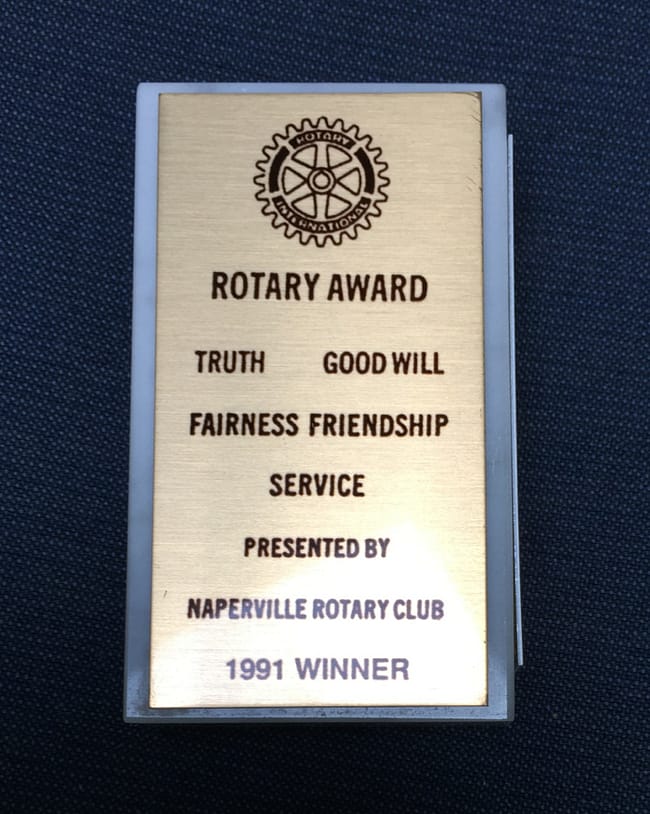How to Avoid Blank Stares From Your Customer
About a year ago, I was facilitating a workshop at a client site. During the event, I used an image of chain links in order to highlight the steps of a process.
The Best of Intentions…
The graphic was intended to convey a message of strength, confidence, and simplicity of the process I was presenting. When the event was over, one of my friends at the organization started talking with me about the image.
…Don’t Always Pan Out
He pointed out to me that the links in the image of the chain clearly appeared to be welded together, meaning the chain was far less strong than it would have been if the links didn’t have welds. He mentioned it not to be critical, but more out of amusement that he couldn’t get it out of his head that that chain appeared weak.
Since I barely made it through one year of engineering school before deciding on other pursuits, I see the world though a completely different lens than my friend. My education and experience focuses me on seeing the broader picture. He training and education focuses him on finding the weakest link.
We All See Something Different
I unintentionally sent the opposite message I intended to at least one person in the room. And it got me thinking…
I could have spent days or even weeks scrubbing every image in my presentation and thinking through every possible meaning. I could have had every one of my professional colleagues look over the presentation and offer input on ways to change the visuals to be more effective.
And had I done all that, I am supremely confident, that none of us would have given even a passing thought to welded links.
But it was the first thing the customer noticed.
Get Input From The Customer
If I’d spent two minutes showing the presentation to my friend in advance, he would have given me feedback on the picture and I would have changed it.
You cannot see everything your customer sees. Nobody can be expected to see something perfectly through another person’s eyes, especially if they are in a different industry or field.
Which is exactly why you need to get input from the internal customer, external customer, or end user, in order to discover what they see. They always see things you never considered.
Do You Care Enough To Ask?
Asking for customer input is something you’ve heard many times. You’ve probably done it before. The biggest obstacle is not knowing what to do, it’s having enough care to take the time to ask.
This week, reach out to an internal or external customer and ask them what they see in your product or service. If you do, you’ll avoid the blank stares that come later, when you’ve missed the mark.
Your Turn
What’s a time you’ve asked your customer for input and received valuable feedback? Post your response in the comments below.










